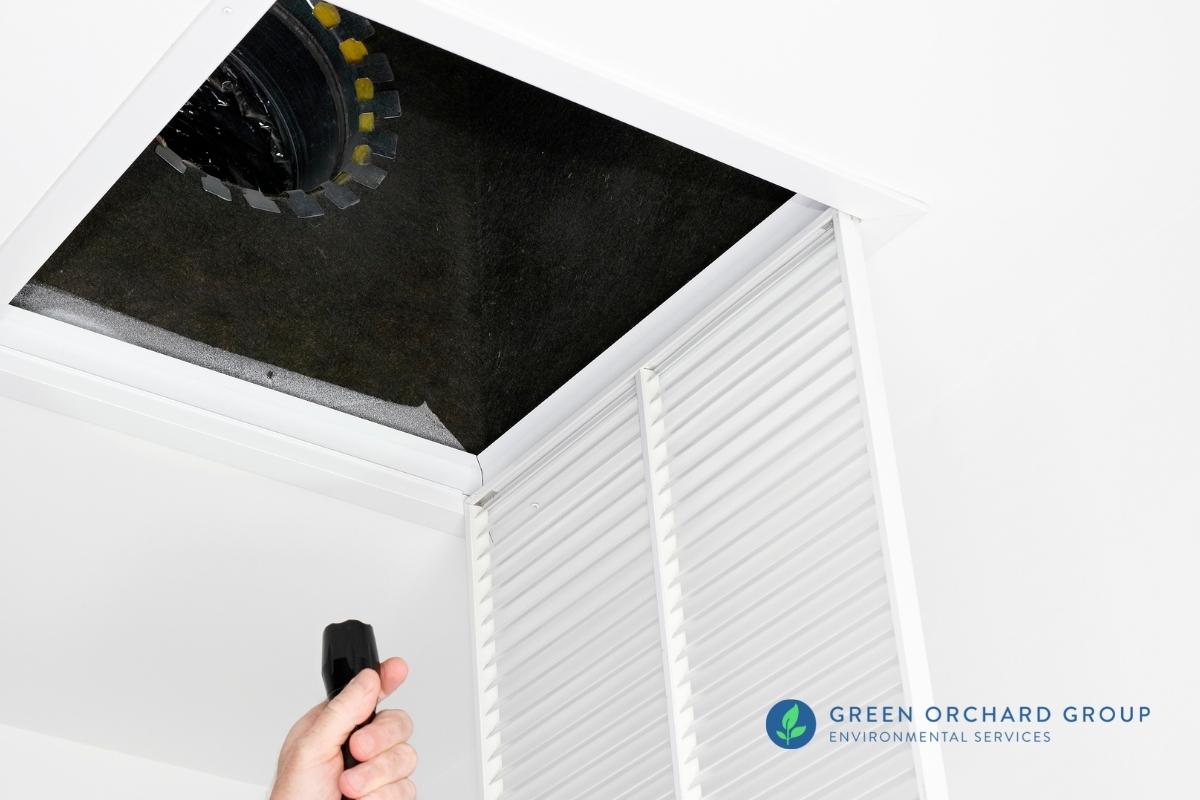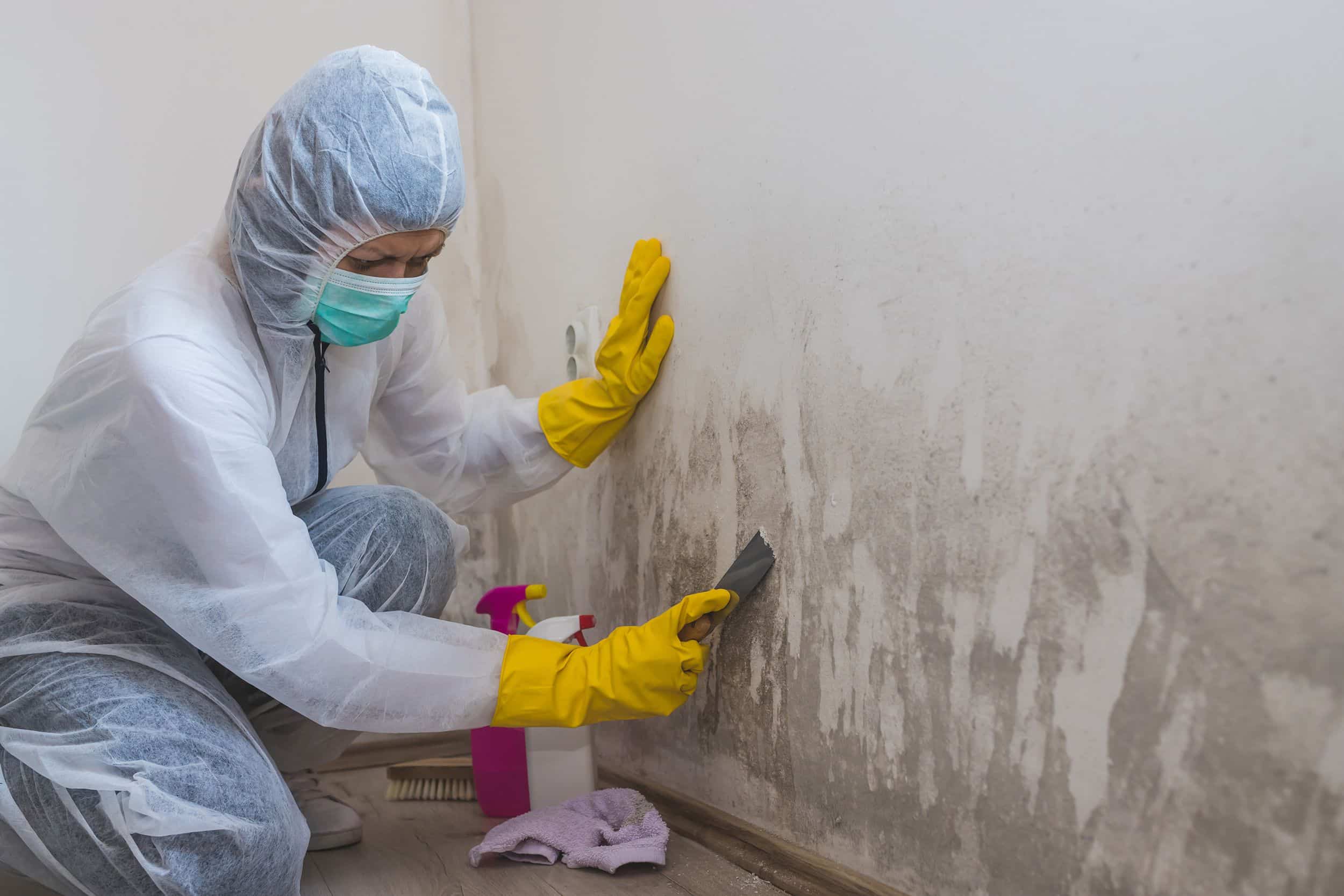Your Ultimate Guide to Post Mold And Mildew Removal Methods
Navigating the world of post-mold removal methods is a precise procedure that requires interest to detail and an extensive understanding of the intricacies entailed. In the after-effects of mold problem, recognizing exactly how to efficiently eradicate the mold and mildew and avoid its reoccurrence is critical for maintaining a healthy and balanced interior atmosphere. From choosing the best cleaning and disinfecting approaches to applying techniques for lasting mold prevention, each step in the remediation trip plays an important duty in guaranteeing an effective result. As we embark on this expedition of post-mold remediation methods, we will certainly discover the vital methods and best methods that can aid you restore your room to its pre-mold condition and secure it versus future mold hazards.
Comprehending Post-Mold Removal Refine
After finishing the mold remediation procedure, it is vital to comprehend the post-mold removal methods that are essential to make sure a comprehensive and reliable clean-up. As soon as the mold has actually been removed, the following action includes cleansing and disinfecting the influenced areas to stop any regrowth of mold.
Furthermore, conducting a final evaluation post-remediation is important to guarantee that all mold has been successfully eradicated. If the inspection discloses any kind of sticking around mold and mildew, additional removal might be essential.
Efficient Cleaning Up and Sanitizing Methods

Stopping Future Mold Growth

Relevance of Appropriate Air Flow
Correct air flow plays an important role in preventing dampness accumulation, a key consider mold development within indoor settings. Efficient air flow systems help eliminate excess moisture from the air, decreasing the opportunities of mold spores locating the moisture they need to sprout and spread. Without sufficient air flow, interior spaces can end up being a breeding place for mold, bring about potential health and wellness threats and structural damage.
By ensuring correct air flow, air flow systems can additionally help in drying out moist locations more swiftly after water damage or flooding events, better deterring mold development. Post Mold remediation cleaning. Precede like bathrooms, attic rooms, cellars, and cooking areas where dampness degrees often tend to be higher, mounting and maintaining effective ventilation systems is essential in stopping mold and mildew invasions

Monitoring and Upkeep Tips
Provided the crucial role that correct ventilation plays in protecting against mold and mildew growth, it is important to develop efficient monitoring and upkeep tips to make sure the continued capability of ventilation systems. Normal evaluations of air flow systems should be performed to look for any kind of signs of obstructions, leakages, or malfunctions that can hinder correct airflow. Surveillance humidity degrees within the home is additionally essential, as high moisture can contribute to mold development. Installing a hygrometer can assist track moisture degrees and alert house owners to any spikes that may need focus. Additionally, making sure that air filters are regularly cleaned up or changed is essential for maintaining the efficiency of the ventilation system. Implementing a timetable for regular maintenance tasks, such as duct cleansing and HVAC system evaluations, can assist protect against issues before they intensify. By staying aggressive and conscientious to the condition of ventilation systems, homeowner can effectively pop over here reduce the danger of mold regrowth and preserve a healthy indoor atmosphere.
Verdict
In verdict, post-mold remediation techniques are crucial for making certain a tidy and safe environment. Recognizing the process, executing effective cleansing and sanitizing methods, preventing future mold development, keeping appropriate air flow, and regular tracking are all important steps in the remediation process. By complying with these guidelines, you can effectively eliminate mold and mildew and prevent its return, functioning or promoting a healthy and balanced living reference space for all owners.
In the after-effects of mold and mildew invasion, recognizing how to successfully eradicate the mold and mildew and stop its reoccurrence is critical for keeping a healthy interior setting. When the mold and mildew has been eliminated, the following step includes cleansing and sanitizing the impacted locations to protect against any regrowth of mold and mildew - what to do after mold remediation. After removing visible mold development, it is critical to clean all surfaces in the affected area to get rid of any type of continuing to be mold and mildew spores. To further enhance mold prevention steps, it is vital to attend to underlying concerns that initially led to mold development.Given the crucial function that appropriate ventilation plays in stopping mold and mildew development, it is critical to develop reliable surveillance and upkeep pointers to make certain the ongoing capability of air flow systems